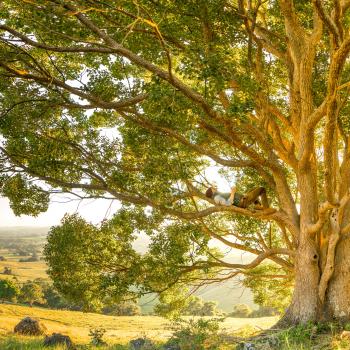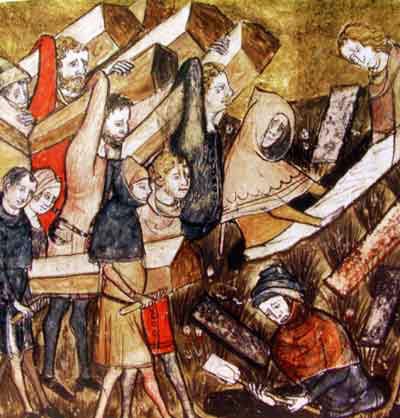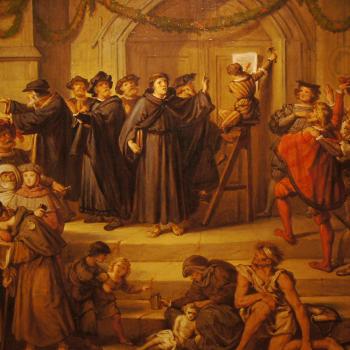- Trending:
- Pope Leo Xiv
- |
- Israel
- |
- Trump
- |
- Social Justice
- |
- Peace
- |
- Love
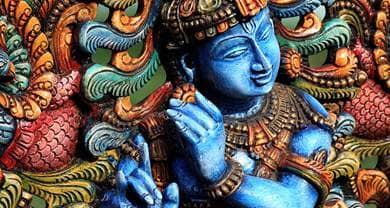
RELIGION LIBRARY
Hinduism
Exploration and Conquest
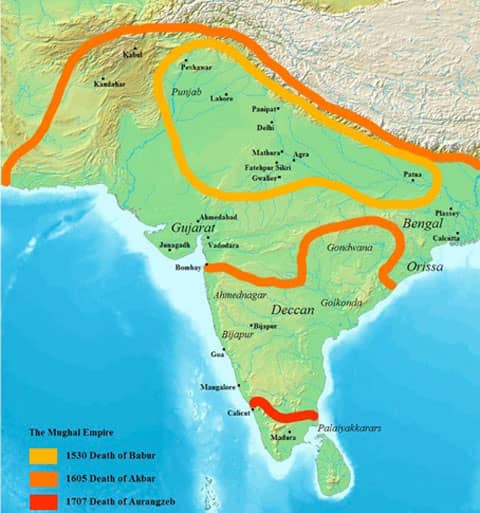 Hindus have not, generally, engaged in colonial conquest or empire building, although large states within South Asia, such as the kingdoms of the Guptas and Cholas are commonly referred to as empires. That said, however, there have been instances where Hindu kings have conquered other kingdoms outside of India, most notably in Sri Lanka and Indonesia in the 10th - 11th centuries. Rather, Hinduism has been on the other side of conquest and empire: first the Islamic Moghul empire, then the Catholic Portuguese, then the Protestant Dutch, and finally the British Raj have all invaded and colonized India.
Hindus have not, generally, engaged in colonial conquest or empire building, although large states within South Asia, such as the kingdoms of the Guptas and Cholas are commonly referred to as empires. That said, however, there have been instances where Hindu kings have conquered other kingdoms outside of India, most notably in Sri Lanka and Indonesia in the 10th - 11th centuries. Rather, Hinduism has been on the other side of conquest and empire: first the Islamic Moghul empire, then the Catholic Portuguese, then the Protestant Dutch, and finally the British Raj have all invaded and colonized India.  Each of these invaders posed threats and challenges to Hinduism, although one of the striking features of the tradition is its ability to absorb foreign influences.
Each of these invaders posed threats and challenges to Hinduism, although one of the striking features of the tradition is its ability to absorb foreign influences.
That said, Hindus did venture outside of India, and Hindu kingdoms were established in Sri Lanka and southeast Asia. Hinduism was probably initially transported outside of India by seafaring merchants and traders, perhaps as early as the 3rd century B.C.E. One of the earliest Hindu kingdoms outside of India was established in Vietnam by the Champa Dynasty in the 2nd to 3rd century C.E. Likewise, the Srivijayan kingdom was established in Sumatra, Indonesia, as early as the 3rd century C.E. By the 8th century it was a massive, powerful kingdom.

 Hindu kingdoms were also established on the islands of Java and Bali. The most substantial Hindu temple complex in southeast Asia, Prambanan, was built by the Sailendra dynasty on central Java in the 9th century. The population of Bali is to this day predominantly Hindu, practicing a unique form of Hinduism that blends indigenous Balinese beliefs and practices, Islam, and classical Hinduism.
Hindu kingdoms were also established on the islands of Java and Bali. The most substantial Hindu temple complex in southeast Asia, Prambanan, was built by the Sailendra dynasty on central Java in the 9th century. The population of Bali is to this day predominantly Hindu, practicing a unique form of Hinduism that blends indigenous Balinese beliefs and practices, Islam, and classical Hinduism.
Hinduism also flourished in Cambodia during the Khmer period from the 9th to the 15th centuries. The classical Hindu language of Sanskrit was the official language of the Khmer court.  Angkor Wat, the largest Hindu temple in the world was constructed by the Hindu king Suryavarman II in the 12th century C.E. The main temple is dedicated to Vishnu, although there are thousands of images of other Hindu gods and dozens of smaller temples. Angkor Wat was not only a religious structure, however, but was also the seat of the Khmer government.
Angkor Wat, the largest Hindu temple in the world was constructed by the Hindu king Suryavarman II in the 12th century C.E. The main temple is dedicated to Vishnu, although there are thousands of images of other Hindu gods and dozens of smaller temples. Angkor Wat was not only a religious structure, however, but was also the seat of the Khmer government.
 Beginning in the 5th century C.E., Hindu kings from southern and eastern India—the modern states of Tamil Nadu, Andhra Pradesh, and Orissa—sent various groups to Sri Lanka. Some of these forays led to prolonged struggle for territorial control. The Chola rulers of Tamil Nadu, in particular, essentially invaded Sri Lanka and attempted to establish a Hindu kingdom there; by the 11th century, they effectively controlled the island. They also pushed into southeast Asia, and at times gained control of portions of Indonesia (where, briefly, they established a Hindu kingdom) and Cambodia. The Cholas built magnificent temples that became centers of Hinduism in these areas; there are still substantial numbers of Hindus in both Indonesia and Sri Lanka.
Beginning in the 5th century C.E., Hindu kings from southern and eastern India—the modern states of Tamil Nadu, Andhra Pradesh, and Orissa—sent various groups to Sri Lanka. Some of these forays led to prolonged struggle for territorial control. The Chola rulers of Tamil Nadu, in particular, essentially invaded Sri Lanka and attempted to establish a Hindu kingdom there; by the 11th century, they effectively controlled the island. They also pushed into southeast Asia, and at times gained control of portions of Indonesia (where, briefly, they established a Hindu kingdom) and Cambodia. The Cholas built magnificent temples that became centers of Hinduism in these areas; there are still substantial numbers of Hindus in both Indonesia and Sri Lanka.
Study Questions:
1. Describe the influence invasion had upon Hinduism's development.
2. How did Hinduism spread?
3. Why was the construction of temples important for Hinduism's expansion?


